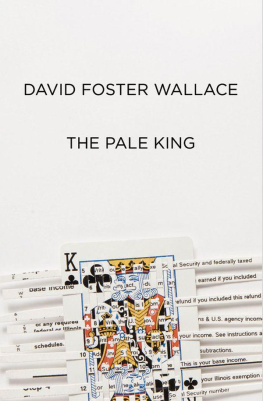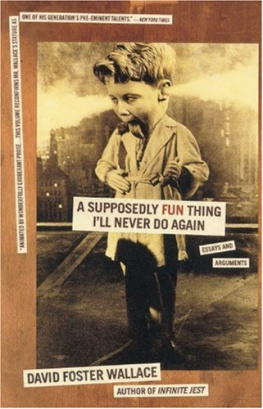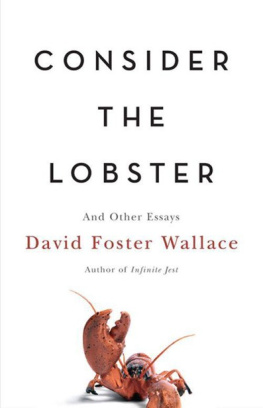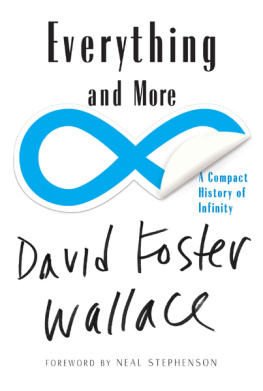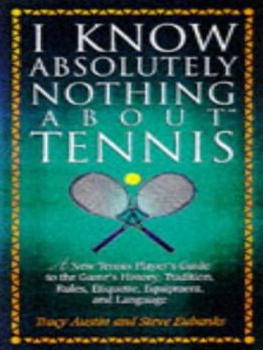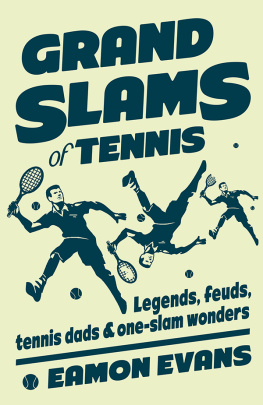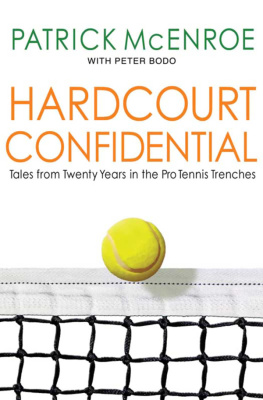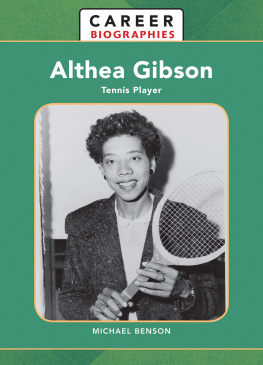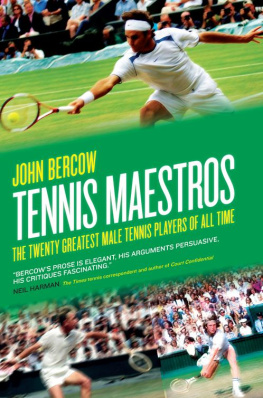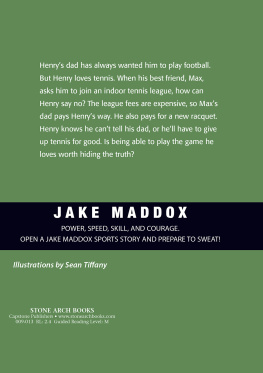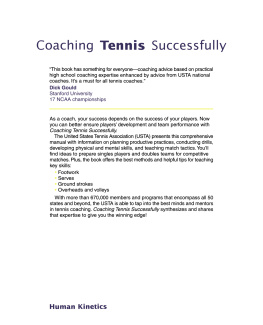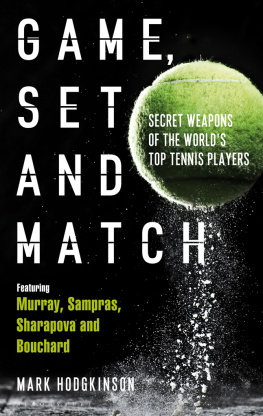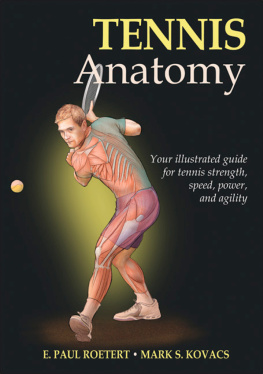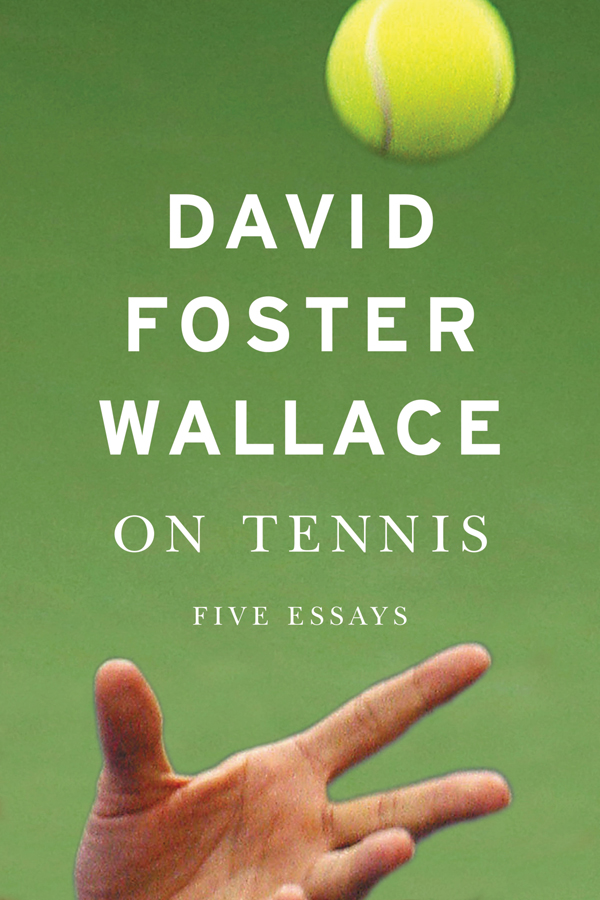Thank you for buying this ebook, published by Hachette Digital.
To receive special offers, bonus content, and news about our latest ebooks and apps, sign up for our newsletters.
For more about this book and author, visit Bookish.com.
Copyright 2014 by David Foster Wallace Literary Trust
Author photograph by Giovanni Giovannetti / Effigie
Cover design by Keith Hayes. Cover photograph by Javier Soriano / AFP / Getty Images.
Cover copyright 2014 by Hachette Book Group, Inc.
Derivative Sport in Tornado Alley, originally published as Tennis, Trigonometry, Tornadoes, in Harpers, 1992. Also collected in A Supposedly Fun Thing Ill Never Do Again.
How Tracy Austin Broke My Heart, originally published in the Philadelphia Inquirer, 1992. Also collected in Consider the Lobster.
Tennis Player Michael Joyces Professional Artistry as a Paradigm of Certain Stuff About Choice, Freedom, Limitation, Joy, Grotesquerie, and Human Completeness, originally published as The String Theory in Esquire, 1996. Also collected in A Supposedly Fun Thing Ill Never Do Again.
Democracy and Commerce at the U.S. Open, originally published in Tennis, 1996. Also collected in Both Flesh and Not.
Federer Both Flesh and Not, originally published as Federer as Religious Experience, in the New York Times, 2006. Also collected in Both Flesh and Not.
All rights reserved. In accordance with the U.S. Copyright Act of 1976, the scanning, uploading, and electronic sharing of any part of this book without the permission of the publisher constitute unlawful piracy and theft of the authors intellectual property. If you would like to use material from the book (other than for review purposes), prior written permission must be obtained by contacting the publisher at permissions@hbgusa.com. Thank you for your support of the authors rights.
Little, Brown and Company
Hachette Book Group
237 Park Avenue, New York, NY 10017
littlebrown.com
twitter.com/littlebrown
facebook.com/littlebrownandcompany
First ebook edition: June 2014
Little, Brown is a division of Hachette Book Group, Inc. The Little, Brown name and logo are trademarks of Hachette Book Group, Inc.
The publisher is not responsible for websites (or their content) that are not owned by the publisher.
The Hachette Speakers Bureau provides a wide range of authors for speaking events. To find out more, go to hachettespeakersbureau.com or call (866) 376-6591.
ISBN 978-0-316-28482-0
E3
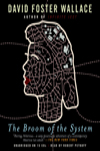
The Broom of the System

Girl with Curious Hair

Infinite Jest
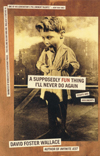
A Supposedly Fun Thing Ill Never Do Again
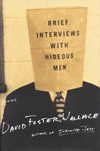
Brief Interviews with Hideous Men
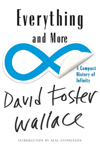
Everything and More
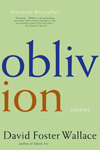
Oblivion
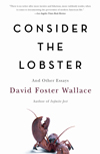
Consider the Lobster

McCains Promise

This Is Water

The Pale King
When I left my boxed township of Illinois farmland to attend my dads alma mater in the lurid jutting Berkshires of western Massachusetts, I all of a sudden developed a jones for mathematics. Im starting to see why this was so. College math evokes and catharts a Midwesterners sickness for home. Id grown up inside vectors, lines and lines athwart lines, gridsand, on the scale of horizons, broad curving lines of geographic force, the weird topographical drain-swirl of a whole lot of ice-ironed land that sits and spins atop plates. The area behind and below these broad curves at the seam of land and sky I could plot by eye way before I came to know infinitesimals as easements, an integral as schema. Math at a hilly Eastern school was like waking up; it dismantled memory and put it in light. Calculus was, quite literally, childs play.
In late childhood I learned how to play tennis on the blacktop courts of a small public park carved from farmland that had been nitrogenized too often to farm anymore. This was in my home of Philo, Illinois, a tiny collection of corn silos and war-era Levittown homes whose native residents did little but sell crop insurance and nitrogen fertilizer and herbicide and collect property taxes from the young academics at nearby Champaign-Urbanas university, whose ranks swelled enough in the flush 1960s to make outlying non sequiturs like farm and bedroom community lucid.
Between the ages of twelve and fifteen I was a near-great junior tennis player. I made my competitive bones beating up on lawyers and dentists kids at little Champaign and Urbana Country Club events and was soon killing whole summers being driven through dawns to tournaments all over Illinois, Indiana, Iowa. At fourteen I was ranked seventeenth in the United States Tennis Associations Western Section (Western being the creakily ancient USTAs designation for the Midwest; farther west were the Southwest, Northwest, and Pacific Northwest sections). My flirtation with tennis excellence had way more to do with the township where I learned and trained and with a weird proclivity for intuitive math than it did with athletic talent. I was, even by the standards of junior competition in which everyones a bud of pure potential, a pretty untalented tennis player. My hand-eye was OK, but I was neither large nor quick, had a near-concave chest and wrists so thin I could bracelet them with a thumb and pinkie, and could hit a tennis ball no harder or truer than most girls in my age bracket. What I could do was Play the Whole Court. This was a piece of tennis truistics that could mean any number of things. In my case, it meant I knew my limitations and the limitations of what I stood inside, and adjusted thusly. I was at my very best in bad conditions.


